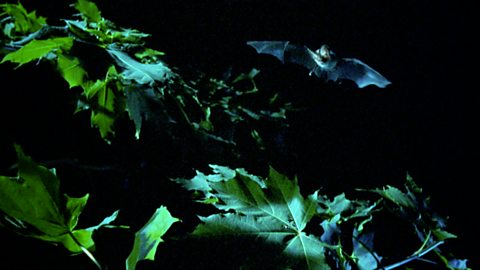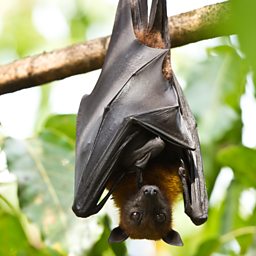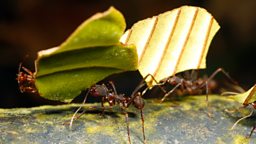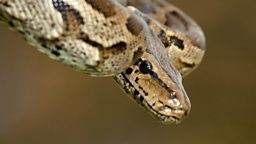Wonder facts: Bats
Bats are the most widespread on earth.
Bats control the bones in their wings much like humans control the bones in their handsThe Wonder of Animals
During winter, in northern Canada, little brown bats go into a form of hibernation called torpor and only need to breathe once every 90 minutes to stay alive.
A single bat can consume one third of its own bodyweight in insects every night.
are the only mammals to feed entirely on blood and have tiny infra-red receptors in their nose leaf which can detect the most blood-rich veins on an animal, from up to 20 cms away.
Key adaptation - sensory wings
Unlike bird and insect (and aeroplane) wings, bat wings have very little stiffness. They consist of a very flexible membrane of skin stretched across jointed bones which have a low mineral content and therefore high flexibility too. Like we control the fingers of our hands bats can control the bones of their wing. This flexibility and control is combined using an extraordinary feedback mechanism. Every bat wing is covered in minute hairs with specialized sensory cells at the base of each hair. The sensory hairs are distributed in a highly patterned fashion, with high density along the wing bones, the wing muscles and in the region of the wings’ leading and trailing edges. This hair cell network is thought to provide bats with a detailed real-time map of air flow over the wing during flight. This information enables bats to immediately respond to changes in conditions and adapt the shape of their wings accordingly.

How bats stay one step ahead
Echo-location is just one part of the overall armoury of a bat on the hunt.















